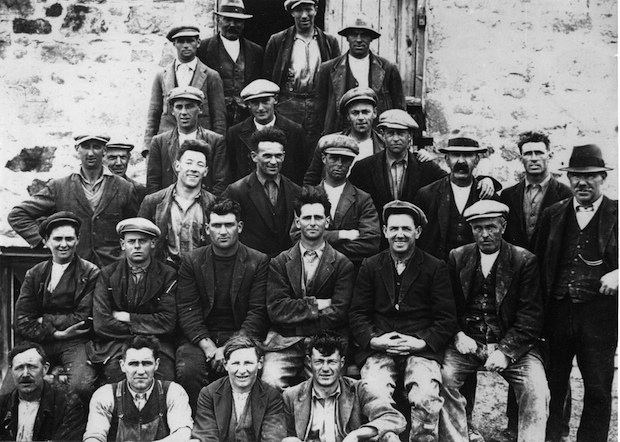Most of the early china clay workings have now been incorporated into Wheal Remfry and Melbur pits which continue in operation in the southern part of the Parish.
The main settlements were by-passed in the early 1990s and over the last fifteen years, there has been considerable housing and related growth, particularly around Fraddon, Indian Queens and St Columb Road. As well as the new housing, the central location of the Parish has meant that a considerable amount of employment land has been positioned to the east of Indian Queens close to the A30 which is still being built out.
A Growing Population
Over the last twenty-five years, the population of St Enoder Parish has probably increased more than any other area in Mid Cornwall.
In 1981, the population of the Parish was 2,865 people. This had increased to 2,975 by 1991 but by 2001 this had gone up to 3,819 [1] and continues to rise at a considerable rate. Comparison of recent electoral rolls with the 2001 census data would suggest that the present population of St Enoder Parish is approaching 4,500. This shift in population is shown by the fact that 52.6% of respondents to the questionnaire had lived in the Parish for less than 15 years.
Such a growth in population has had a considerable impact on life within the Parish, local facilities and the manner in which local services are provided.
[1] Census returns for 1981, 1991 and 2001.

Workers At Trewhela Clay Works, Fraddon circa 1930